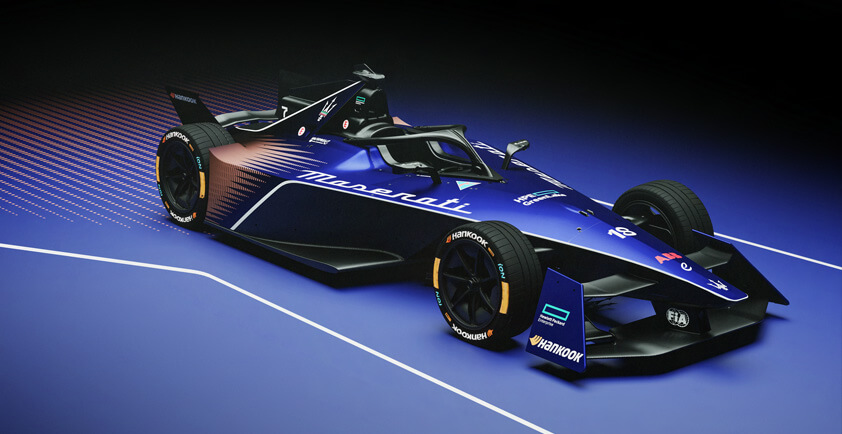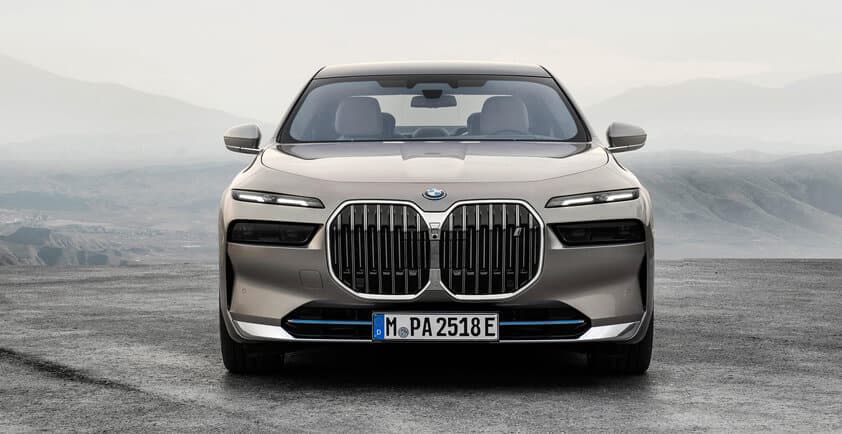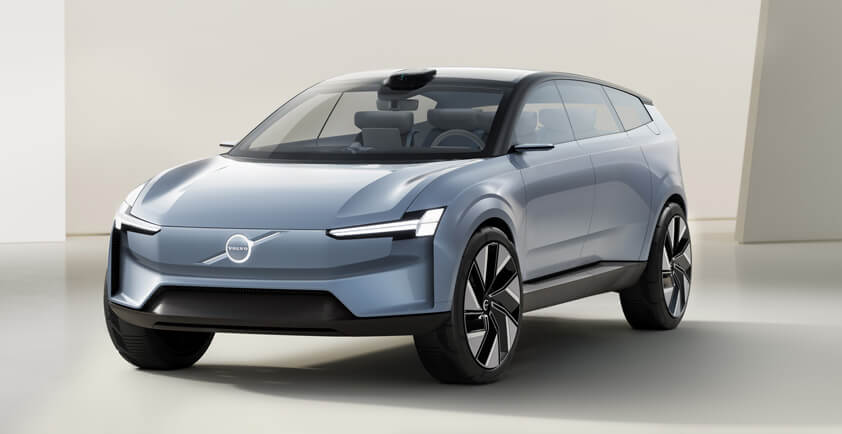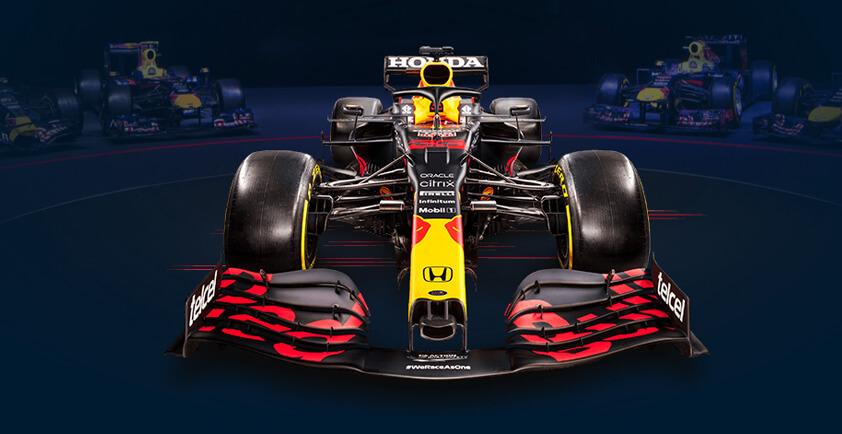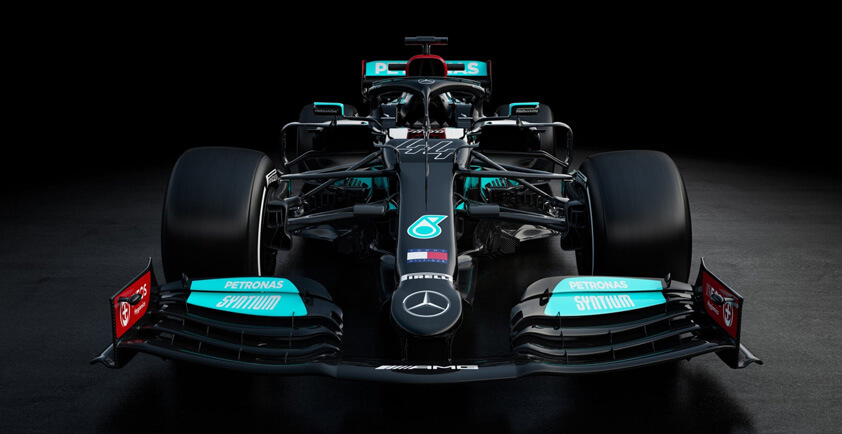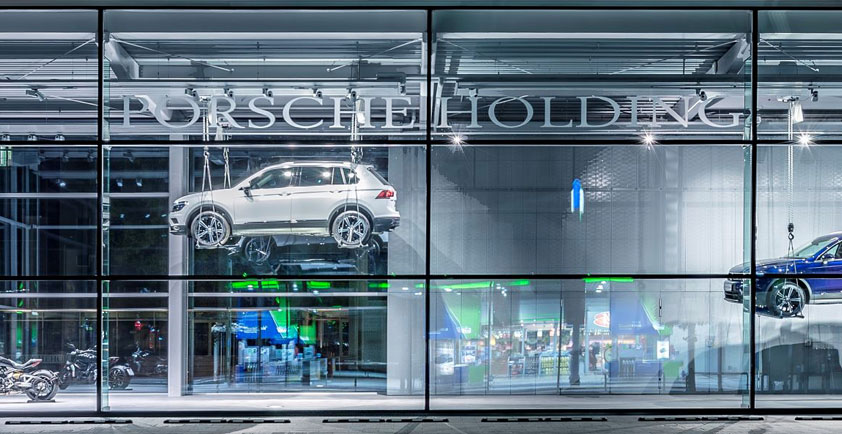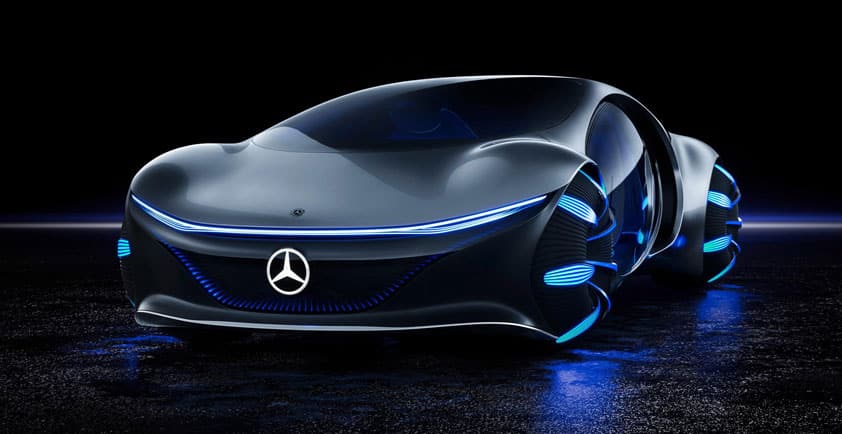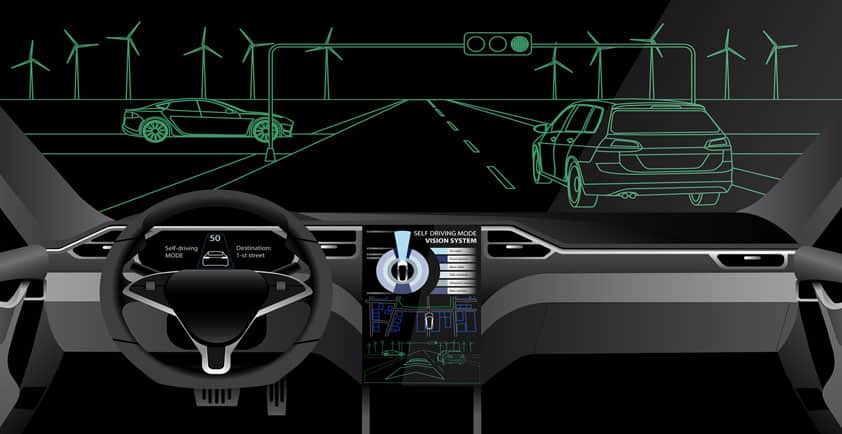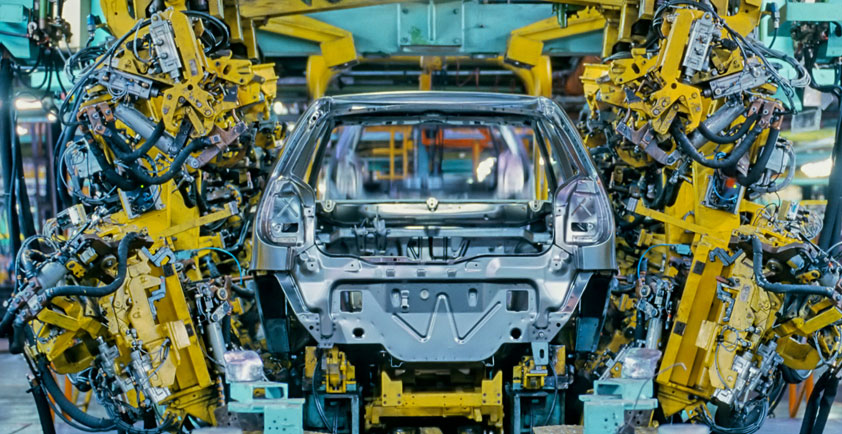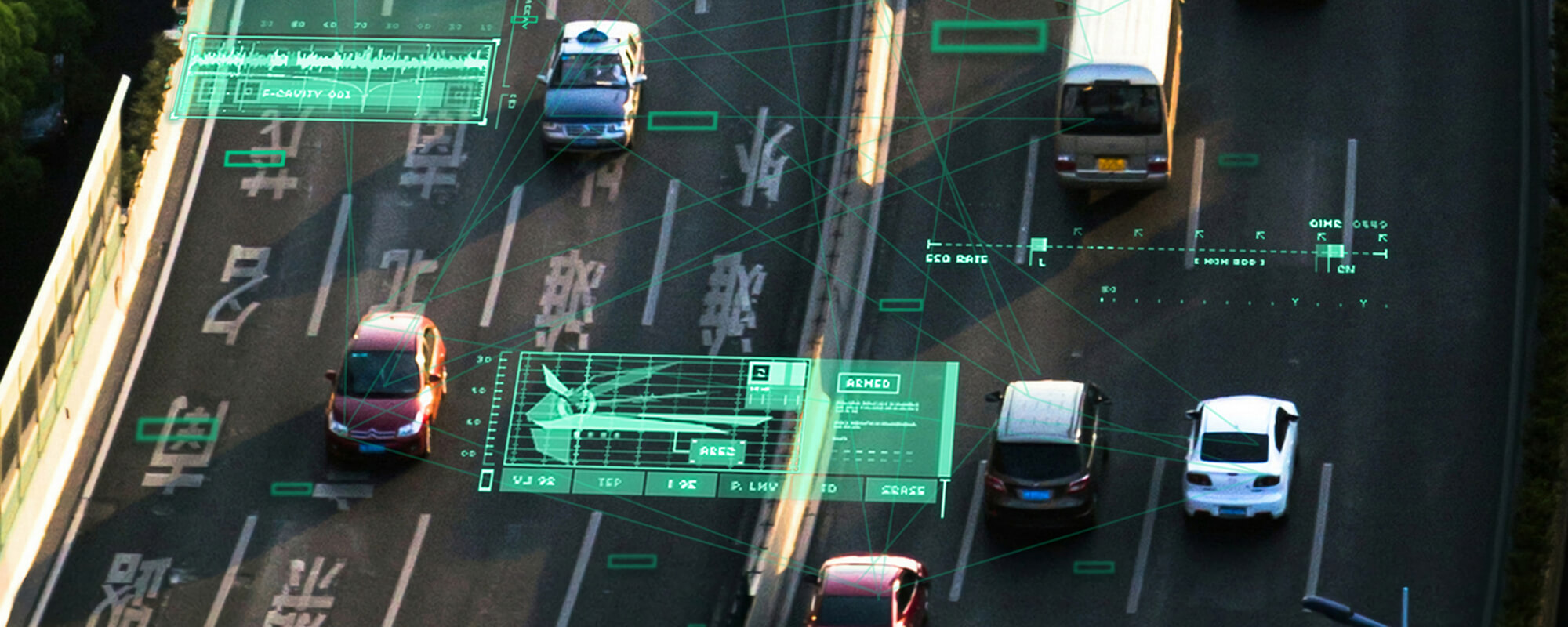
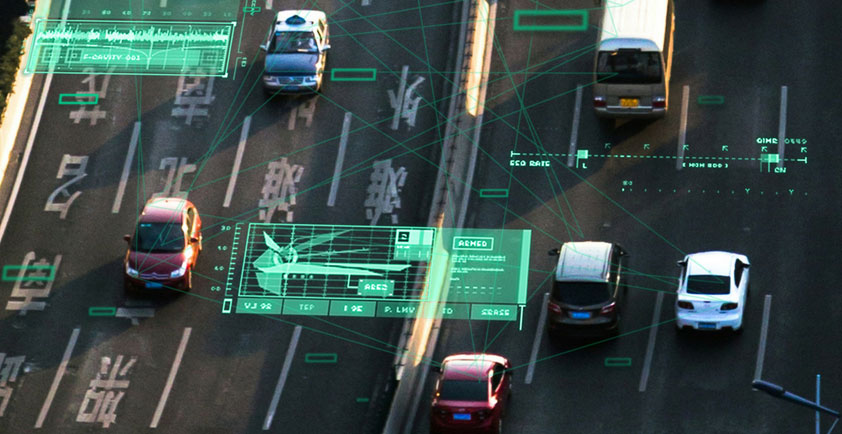
CONNECTED CARS AND THE INTERNET OF THINGS
Gartner predicts that by 2020, there will be a quarter billion connected vehicles on the road. They will be connected to each other (vehicle-to-vehicle or V2V) to help with collision avoidance. They will be connected to infrastructure (vehicle-to-infrastructure or V2I) such as Smart City traffic control technology to reduce congestion or to get warnings about road hazards. And eventually they will even be connected to pedestrians (vehicle-to-pedestrian or V2P) to improve safety. The information flow both to and from the connected car will provide opportunities for OEMs to innovate to create a greatly enhanced driving experience, increase safety, get people to their destinations faster, use less energy, and change the way we do vehicle maintenance.
The amount of data that will be generated by connected cars is staggering. The problem is not whether automakers can gather enough data; the challenge is how to manage and make sense of all that data to drive innovation.
Unlock the value of IoT data within the connected vehicle: By 2020, 75 percent of cars shipped globally will have the hardware to connect to the internet. This growth in connected vehicles will give automotive manufacturers the opportunity to differentiate from their competitors in many areas. A few examples include:
Advanced diagnostics: Sensors within the car will provide information about wear and tear, alerting the manufacturer to potential issues and enabling maintenance tasks to be performed only when they are needed, limiting the vehicle’s time spent in the shop.
Increased safety: With V2V communication and V2I communication, cars will be able to provide warnings to drivers about hazardous road conditions as well as collision avoidance.
Software updates: As more features within vehicles are implemented in software and firmware, manufacturers will be able to provide continuous updates to cars in the field without requiring service appointments.
Infotainment: Connected cars will become more and more like "mobile devices on wheels" with an app store to download specialised automotive applications as well as all the media and entertainment options consumers have come to expect on their other devices.
Enhanced navigation: No longer relying on years-old maps, navigation systems will provide up-to-the-minute information about traffic, accidents, construction, weather, and road closures.
To provide these capabilities, automotive manufacturers must connect their cars to their enterprise back-end. For example, the HPE Universal IoT Platform enables the connection and exchange of information between many different types of IoT devices and applications. It makes it easy for automotive manufacturers to onboard new use cases and simplifies the integration of diverse devices with different communication protocols. It’s built to be data-centric and to support the monetisation of data. And central to our support of the automotive market, we’ve developed an "Automotive Hub" to help automotive manufacturers accelerate the introduction of new and interactive services.
Analytics is helping OEMs design smarter, safer, and more reliable connected vehicles: We know that self-driving cars are going to have to collect and process information in real time in order to navigate through complex environments. And we expect that many of those capabilities will be incorporated much sooner into connected cars to help human drivers navigate more safely and with less stress.
We expect to see Smart City infrastructure that will provide information such as current road conditions to keep the driver informed. Smart Cities will provide smart traffic forecasting using predictive analytics to look at current conditions and past traffic flow information to predict where congestion is expected. These services would communicate alternative routes to connected cars to keep traffic flowing smoothly.
Similarly, if there’s a dangerous situation ahead such as a big curve on a road that is slick due to precipitation, a connected car could transmit that information to a central location to help other drivers. On the receiving end of this information, a connected car would alert the driver and automatically slow the car down to provide greater stability.
At HPE, we’ve already piloted several connected car safety features with our partners in the Cape2Cape 2.0 Challenge, a 19,000 km race across 21 countries from South Africa to Norway. The team completed the course in a world-record 9 days, 4 hours and 8 minutes.
Using similar technology, future drivers of connected cars will be warned about the next pothole so they can adjust their speed or change their route to avoid the rough road. The information about road conditions may also be provided to municipalities so they can prioritise their road maintenance efforts. Road condition sensing technology will also enable autonomous vehicles to adjust their speed and driving style to ensure the safety and comfort of their passengers.
Connected vehicle and analytic insights will transform the in-car customer experience: Connected cars will change the driving experience in many ways. Drivers can be alerted to rules of the road that change based on location, such as a slower speed limit or the requirement to turn on headlights when crossing from one municipality to another. Similarly, connected cars can receive information about changing weather conditions, such as driving from sunny day into a storm. The car could alert the driver of the changing conditions or even offer to automatically close windows and turn on the windshield wipers.
Features like these will initially be introduced in connected cars to provide information to human drivers. Displayed on digital dashboards, these messages will enable drivers to get much more detailed information than what is available from the array of "idiot lights" in most cars today. As the technology progresses, we expect this information will enable autonomous vehicles to provide a safer, more efficient, and more comfortable ride.
As autonomous cars become more prevalent, we expect that the in-car experience will be more focused on infotainment. The connected car will become a mobile device on wheels, enabling a commuter to safely begin the work day on the drive to work, including videoconferencing. It will also provide similar entertainment options to the ones available in living rooms to make long drives more pleasant.
Overcoming the Big Data challenges of the connected vehicle: The first Big Data challenge for connected vehicles to overcome is the sheer quantity of data, 130TB of data per vehicle per year. This number will grow dramatically as more vehicles start collecting more data and collecting it continuously. And the numbers will grow even more dramatically for self-driving cars. A single autonomous vehicle can generate nearly one gigabyte of data per second – adding up to two petabytes of data per vehicle per year.
With the connected car, there will be data produced by many different sources, and that data must be managed and kept available to the systems that need it. There must be an understanding of the data lifecycle, knowing which data must be kept for regulatory and other reasons and which data can be discarded after a certain period of time.
A growing concern is the security of the connected car. With news stories of malicious actors hacking into cars and creating dangerous situations, customers will be looking for assurances that their connected vehicles will not suffer a security breach. IoT security in connected cars must be built in – it cannot be an afterthought.
At HPE, we’re giving the automotive industry the ability to better understand their customers and gain more insights off the data from the car. We have the analytics software, data scientists, and analytics consulting services to help identify the right data streams and create the models to help generate relevant, actionable information from the data that’s collected. This will enable manufacturers to create a completely new set of services, build better cars, and create new experiences to increase brand loyalty in their customers.

